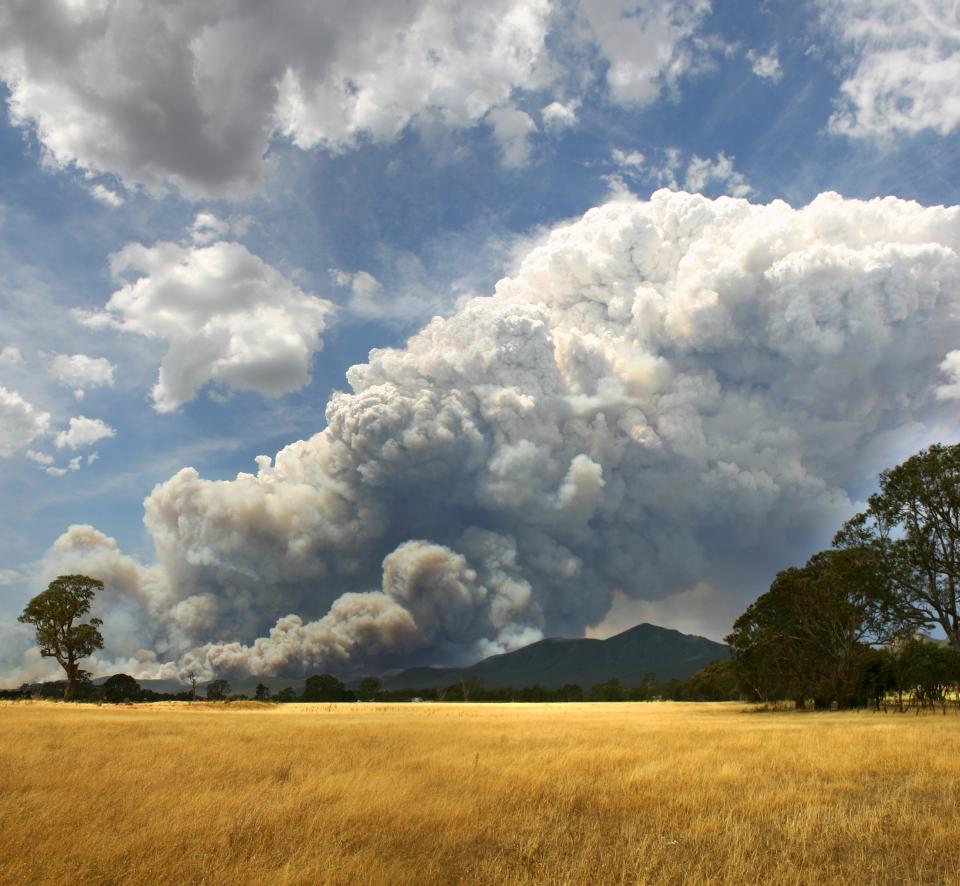
PUBLICATIONS
Published works

Pyrocumulonimbus Firepower Threshold: Assessing the atmospheric potential for pyroCb
| Title | Pyrocumulonimbus Firepower Threshold: Assessing the atmospheric potential for pyroCb |
| Publication Type | Journal Article |
| Year of Publication | 2020 |
| Authors | Tory, KJ, Kepert, J |
| Journal | Weather and Forecasting |
| Date Published | 12/2020 |
| Keywords | atmosphere, fire power, Fire weather, meteorology, pyrocumulonimbus |
| Abstract | Pyrocumulonimbus (pyroCb) clouds are difficult to predict and can produce extreme and unexpected wildfire behaviour that can be very hazardous to fire crews. Many forecasters modify conventional thunderstorm diagnostics to predict pyroCb potential, by adding temperature (Δθ) and moisture increments (Δq) to represent smoke plume thermodynamics near the expected plume condensation level. However, estimating these Δθ and Δq increments is a highly subjective process that requires expert knowledge of all factors that might influence future fire size and intensity. In this paper, instead of trying to anticipate these Δθ and Δq increments for a particular fire, the minimum firepower required to generate pyroCb for a given atmospheric environment is considered. This concept, termed the PyroCb Firepower Threshold (PFT) requires only atmospheric information, removing the need for subjective estimates of the fire contribution. A simple approach to calculating PFT is presented that incorporates only basic plume-rise physics, yielding an analytic solution that offers important insight into plume behaviour and pyroCb formation. Minimum increments of Δθ and Δq required for deep, moist convection, plus a minimum cloud-base height (Zfc), are diagnosed on a thermodynamic diagram. Briggs plume rise equations are used to convert Δθ, Zfc, and a mean horizontal windspeed (U) to a measure of the PFT: the minimum heat flux entering the base of the plume. This PFT is proportional to the product of U, Δθ, and the square of Zfc. Plume behaviour insights provided by the Briggs equations are discussed, and a selection of PFT examples presented. |
| URL | https://journals.ametsoc.org/view/journals/wefo/aop/WAF-D-20-0027.1/WAF-D-20-0027.1.xml |
| DOI | 10.1175/WAF-D-20-0027.1 |
| Refereed Designation | Refereed |
Published Works


